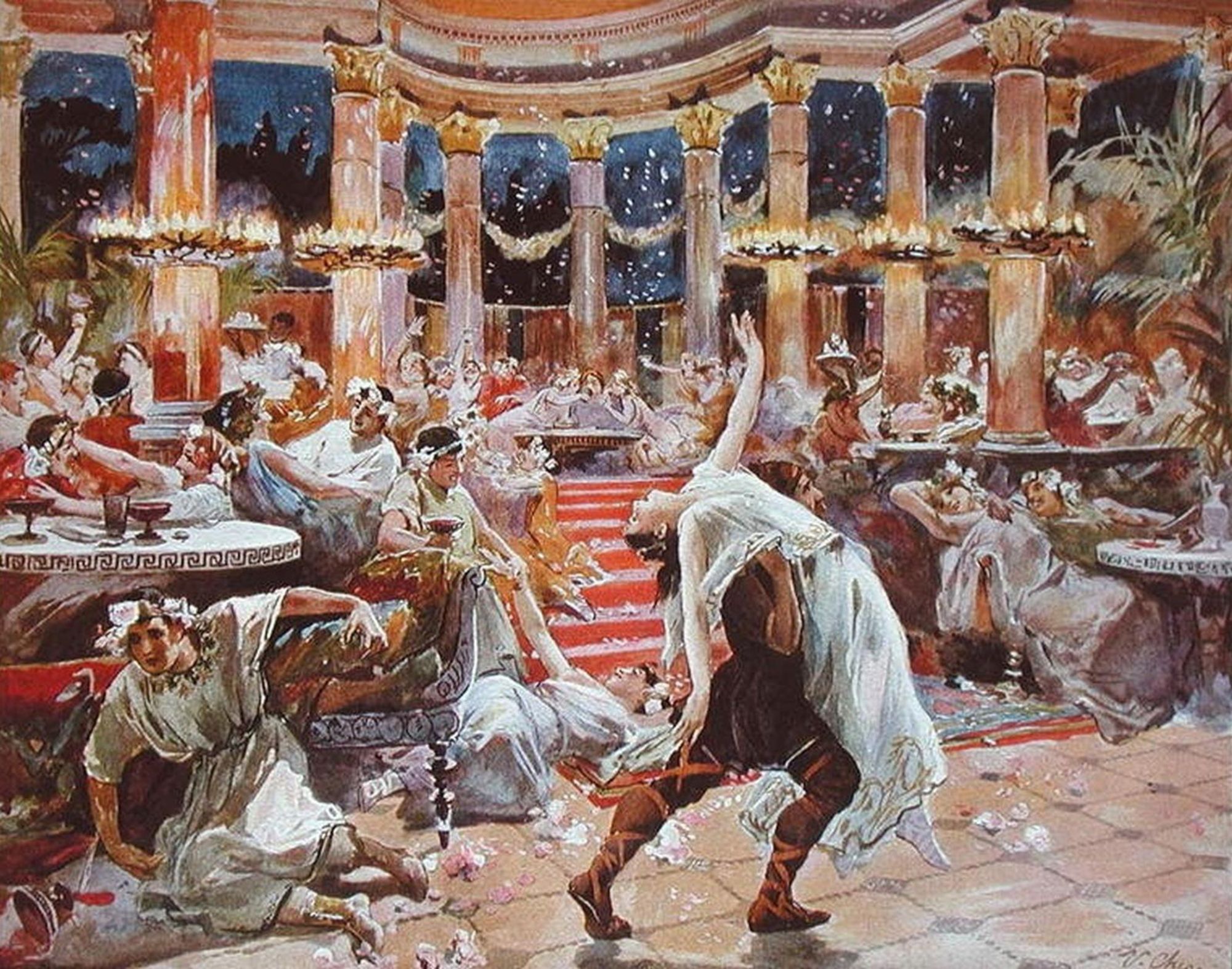Toy sales have experienced a third consecutive year of decline, as rising living costs and a falling birth rate tighten family budgets. According to industry research from Circana, overall toy sales dropped by 3% compared to the previous year, a trend exacerbated by fewer blockbuster film franchises and a shrinking market for children’s toys. However, a surprising shift is taking place—adults, particularly those in their 20s and 30s, are increasingly buying toys for themselves, seeking comfort in nostalgia and escapism.
The so-called “kidult” trend, where over-18s indulge in childhood favorites like Lego, action figures, and collectible items, has flourished. One in five toys purchased today is bought by adults, driven by the mental health benefits these items offer in the midst of global uncertainty, according to Melissa Symonds, executive director of UK toys at Circana. These toys not only bring joy but also provide a sense of calm and connection to simpler times, offering a break from the stress of the modern world.
While sales to adults have risen, traditional toys remain popular, with classic items like Hot Wheels cars and Lego sets leading the charge this Christmas. The Toy Retailers’ Association’s annual DreamToys list reveals that transport-themed toys, including cars and planes, are still top choices, while interactive pet dolls, capable of repeating words or responding to touch, have also surged in popularity. The toys range in price from £9.99 to £89.99, reflecting the current squeeze on household finances.
As the UK toy industry enters its critical holiday season, with Christmas just around the corner, retailers are hoping for a boost. The toy market generated £3.4 billion in sales in the year leading up to September, but with costs rising due to National Insurance hikes, sellers face additional financial pressures. While toy sales saw a pandemic-era boom as families sought entertainment during lockdowns, they have since plateaued, sitting just below 2019 levels. With a packed holiday shopping schedule ahead, retailers will be looking to capitalize on the festive rush while grappling with the challenges of a changing economy.




